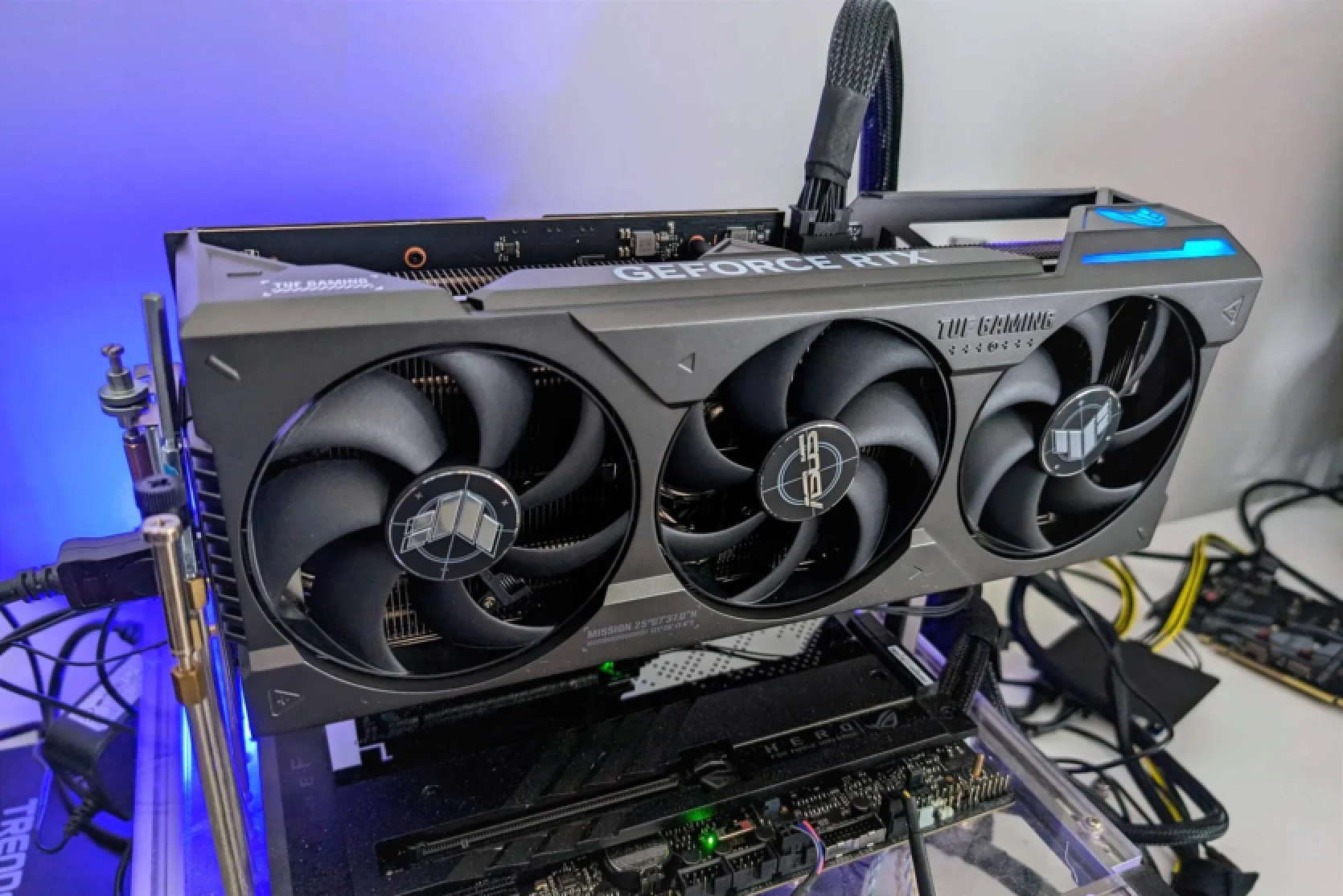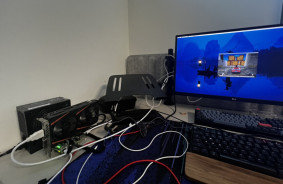NVIDIA's partners for graphics card manufacturing are reportedly using low-quality thermal paste in the RTX 40xx series, leading to overheating issues. This claim comes from well-known German repairman and enthusiast Igor Wallosek.
The poor quality of the thermal paste has become a significant issue for many owners of the NVIDIA RTX 40xx. Temperatures of the graphics cards can exceed 100 °C, causing the fan speed to increase sharply to nearly 100%. The thermal paste performs well for the first few days but quickly deteriorates within months (not even years).
Igor's Lab has started receiving feedback from readers about inefficient cooling in their graphics cards. In articles focused on the RTX 4080 Gallardo and RTX 4080 TUF Gaming, Igor Wallosek found that the sole reason for these issues is the subpar thermal paste. Replacing it normalized the temperature immediately.
The investigation revealed that most, if not all, of NVIDIA's partners source thermal paste from a single supplier. This supplier provides cheap thermal paste that degrades much faster than before.
To confirm the poor quality, Wallosek tested the thermal paste from a brand-new RTX 4080 Gallardo. During tests at 60 °C, he discovered that the paste's effectiveness at very low thickness was almost too good to be true. However, the thermal conductivity of the RTX 4080 Gallardo paste worsens with thicker application. Thicker layers turn the paste from exceptional to average, resembling Arctic MX-6.
Wallosek examined the thermal paste under a microscope. It was indeed a low-cost paste with a strange oily mixture in its composition that dries within minutes when wiped with a finger. It also contains particles as large as 16 µm—too big for thermal paste. Massive aluminum oxide particles were added to the paste to easily achieve higher thermal conductivity in the short term, but they are likely to quickly reduce its effectiveness long-term. The particles create enough space for the oily substance to evaporate rapidly.
The issue can be relatively easily resolved by replacing the thermal paste, which is inexpensive. However, one must have the skills to disassemble graphics cards, and this is not something owners of devices costing $1000 or more should have to deal with.
Source: Igor's Lab














Comments (0)
There are no comments for now